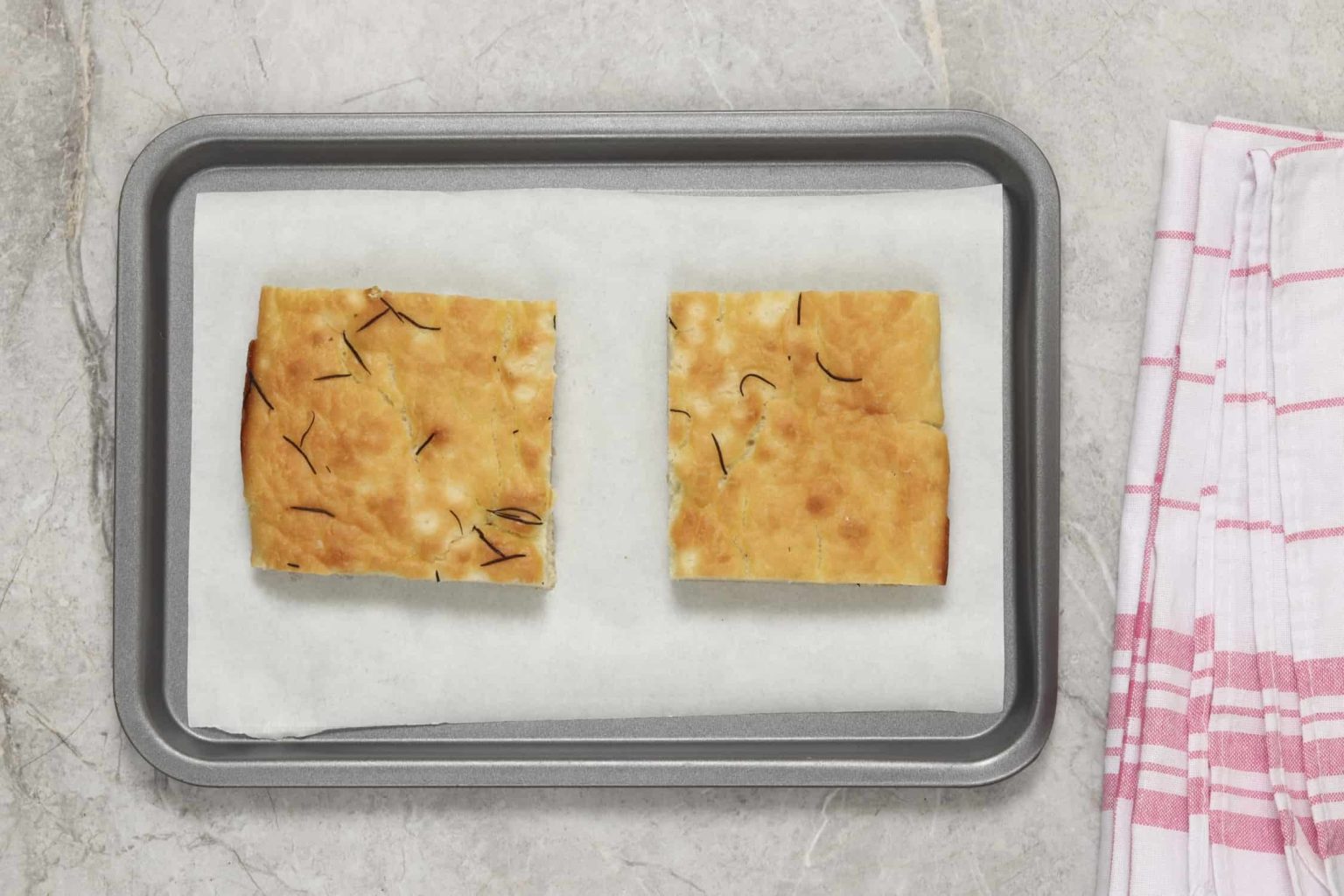

Articles
How To Store Homemade Focaccia
Modified: February 22, 2024
Learn how to store your homemade focaccia with our helpful articles. Keep your bread fresh and flavorful for longer with these storage tips.
(Many of the links in this article redirect to a specific reviewed product. Your purchase of these products through affiliate links helps to generate commission for Storables.com, at no extra cost. Learn more)
Introduction
Welcome to the world of homemade focaccia, where the irresistible aroma of freshly baked bread fills your kitchen and tantalizes your taste buds. Focaccia, a traditional Italian flatbread, is not only delicious but also incredibly versatile. Whether enjoyed on its own or used as a base for sandwiches or bruschetta, homemade focaccia is a culinary delight that deserves to be savored.
In this article, we will guide you through the process of making homemade focaccia and provide tips on how to store it properly to maintain its freshness. So, let’s roll up our sleeves, dust off the flour, and embark on a delicious journey of bread-making!
Key Takeaways:
- Homemade focaccia is a versatile and delightful bread that can be personalized with various toppings. Proper storage techniques can help maintain its freshness for up to 5 days, allowing you to savor its deliciousness even after baking.
- Creating homemade focaccia is a labor of love that brings warmth and satisfaction to any kitchen. With its pillowy texture and endless topping possibilities, it surpasses store-bought options in both taste and quality.
Read more: How To Store Homemade Focaccia Bread
Ingredients
Before we dive into the process of making homemade focaccia, let’s gather all the ingredients we’ll need to create this delectable bread:
- 3 ½ cups all-purpose flour
- 2 teaspoons active dry yeast
- 1 cup warm water
- 2 teaspoons sugar
- 2 teaspoons salt
- ¼ cup extra-virgin olive oil
- Optional toppings: herbs (such as rosemary or thyme), sliced olives, cherry tomatoes, grated cheese, or caramelized onions
These simple ingredients are the building blocks of a flavorful and fluffy focaccia. Feel free to experiment with different toppings and flavors to add your personal touch to the bread.
Step 1: Making the dough
The first step to creating homemade focaccia is to prepare the dough. Follow these simple instructions to make a soft and elastic dough:
- In a small bowl, combine the warm water, sugar, and yeast. Let it sit for about 5 minutes until foamy.
- In a large mixing bowl, combine the flour and salt. Make a well in the center of the flour mixture.
- Pour the yeast mixture and olive oil into the well.
- Using a wooden spoon or your hands, mix the ingredients together until a shaggy dough forms.
- Transfer the dough onto a floured surface and knead it for about 5-7 minutes until smooth and elastic.
- Shape the dough into a ball and place it in a greased bowl.
- Cover the bowl with a clean kitchen towel or plastic wrap and let it rest in a warm, draft-free place for about 1 hour or until the dough has doubled in size.
By giving the dough enough time to rise, you allow the yeast to work its magic, creating airy pockets in the bread that give focaccia its distinctive texture.
Step 2: First rise
After making the dough, it’s time to let it rise for the first time. This step is crucial for developing the flavor and texture of the focaccia. Follow these steps to ensure a successful first rise:
- Gently punch down the dough to release any air bubbles.
- Transfer the dough onto a lightly floured surface.
- Knead the dough for a few minutes to redistribute the yeast.
- Shape the dough into a smooth ball and place it back into the greased bowl.
- Cover the bowl with a kitchen towel or plastic wrap and let the dough rise for another 30 minutes to 1 hour.
During this rise, the dough will become more supple and pliable, making it easier to shape later on. The longer you let the dough rise, the more pronounced the flavor will be.
Now that the dough has had its first rise, it’s time to move on to the next step: shaping the focaccia.
Step 3: Shaping the focaccia
Shaping the focaccia is where you can get creative and personalize your bread. Follow these steps to achieve the desired shape and thickness:
- Preheat your oven to 425°F (220°C). Grease a baking sheet or line it with parchment paper.
- Transfer the risen dough onto the prepared baking sheet.
- Gently stretch and press the dough with your fingertips to form a rectangular or oval shape. Aim for a thickness of about ½ inch (1.25 cm).
- If the dough resists stretching, let it rest for a few minutes and then try again.
During this process, you can also create dimples on the surface of the dough with your fingertips. These indentations not only add a rustic charm but also catch pools of olive oil and other toppings, enhancing the flavor of the focaccia.
Once you are satisfied with the shape and thickness, it’s time to move on to the next step: the second rise.
After baking, cool the focaccia completely at room temperature. Once cooled, wrap it tightly in plastic wrap or aluminum foil and store at room temperature for up to 2 days. For longer storage, freeze the wrapped focaccia for up to 2 months.
Read more: How To Store Focaccia
Step 4: Second rise
After shaping the focaccia, it’s important to let it undergo the second rise. This step allows the dough to relax, resulting in a lighter and fluffier texture. Follow these steps for a successful second rise:
- Cover the shaped focaccia with a clean kitchen towel or plastic wrap.
- Place it in a warm, draft-free area and let it rise for about 30 minutes to 1 hour, or until it visibly puffs up and increases in size.
The duration of the second rise may vary depending on factors such as room temperature and the specific yeast used. Keep an eye on the focaccia to ensure it doesn’t overproof and lose its shape.
While the dough is undergoing its final rise, it’s time to prepare the toppings and preheat the oven for baking.
Once the focaccia has sufficiently risen, it’s ready for the next step: adding toppings.
Step 5: Adding toppings
Adding toppings to your focaccia not only enhances its flavor but also adds visual appeal to the final result. Here’s how you can get creative with your choice of toppings:
- Drizzle a generous amount of extra-virgin olive oil over the surface of the risen focaccia. This not only adds moisture but also helps create a crispy crust.
- Sprinkle the dough with flaky sea salt or kosher salt. This will enhance the flavor of the bread and provide a delightful contrast to the toppings.
- Experiment with various herbs, such as rosemary, thyme, or oregano. Simply scatter the herbs over the dough, gently pressing them in.
- Get playful with additional toppings, such as sliced olives, cherry tomatoes, grated cheese, or caramelized onions. Distribute them evenly over the dough, allowing them to partially sink into the surface.
Remember, the choice of toppings is entirely up to you, so feel free to get creative and tailor them to your personal taste preferences.
Now that the toppings are in place, it’s time for the most exciting step: baking the focaccia!
Step 6: Baking the focaccia
Once the focaccia is beautifully adorned with toppings, it’s time to bake it to golden perfection. Follow these steps for a perfectly baked focaccia:
- Preheat your oven to 425°F (220°C).
- Place the baking sheet with the topped focaccia in the preheated oven.
- Bake for approximately 20-25 minutes or until the focaccia is golden brown on top and crisp on the edges.
- Keep a close eye on the focaccia during the baking process to ensure it doesn’t become overly browned.
The precise baking time may vary depending on the thickness of the dough and individual oven temperatures, so it’s best to rely on visual cues to determine when the focaccia is done.
Once the focaccia is baked to perfection, it’s time for the final step: cooling and storing.
Step 7: Cooling and Storing
After the focaccia is pulled out of the oven, it’s crucial to allow it to cool properly before storing. This step ensures that the bread retains its texture and flavor. Follow these steps for optimal cooling and storing:
- Transfer the baked focaccia to a wire rack to cool. This will allow air to circulate around the bread, preventing it from becoming soggy.
- Let the focaccia cool for at least 15-20 minutes before cutting into it. This allows the bread to set and prevents it from falling apart when sliced.
- Once cooled, you can enjoy the focaccia immediately, or if you have leftovers, it’s important to store them properly to maintain freshness.
- Wrap the leftover focaccia tightly in aluminum foil or place it in an airtight container to prevent it from drying out.
- You can store the focaccia at room temperature for up to 2 days.
- If you want to extend its shelf life, you can refrigerate the focaccia for up to 5 days. However, it’s worth noting that refrigeration may alter the texture slightly.
- Prior to serving again, you can reheat the stored focaccia by placing it in a preheated oven at 350°F (175°C) for a few minutes until warmed through.
Remember, homemade focaccia is best enjoyed fresh, but with proper storage and reheating, you can still savor its deliciousness even after a couple of days.
Now, armed with this knowledge, it’s time to indulge in the wonderful world of homemade focaccia. Enjoy the process of making this flavorful bread and relish every bite!
Read more: How To Store Focaccia Bread
Conclusion
Homemade focaccia is a culinary delight that brings warmth, flavor, and satisfaction to any kitchen. With its pillowy texture, aromatic herbs, and endless topping possibilities, it is an absolute joy to make and enjoy.
In this article, we have explored the step-by-step process of creating homemade focaccia, from preparing the dough to adding toppings and baking it to golden perfection. We have also discussed the importance of proper cooling and storing techniques to maintain the freshness of the bread.
By following these guidelines, you can create a delicious focaccia that surpasses store-bought options in both taste and quality. The beauty of homemade focaccia lies not only in the ability to customize the toppings but also in the satisfaction of knowing you have created something from scratch.
So don’t hesitate to let your creativity shine through by experimenting with different herbs, cheeses, and vegetables to personalize your focaccia. Whether enjoyed as an appetizer or used as a base for sandwiches, bruschetta, or even as a standalone snack, homemade focaccia is guaranteed to impress your family and friends.
Remember to savor the experience, from the moment you begin mixing the dough to the delightful aroma filling your kitchen as it bakes. Homemade focaccia is not just a bread—it’s a labor of love that brings people together.
Now it’s time to roll up your sleeves, gather your ingredients, and let your creativity run wild. Enjoy the process, embrace the delicious journey, and revel in the satisfaction of creating your very own homemade focaccia. Happy baking!
Frequently Asked Questions about How To Store Homemade Focaccia
Was this page helpful?
At Storables.com, we guarantee accurate and reliable information. Our content, validated by Expert Board Contributors, is crafted following stringent Editorial Policies. We're committed to providing you with well-researched, expert-backed insights for all your informational needs.
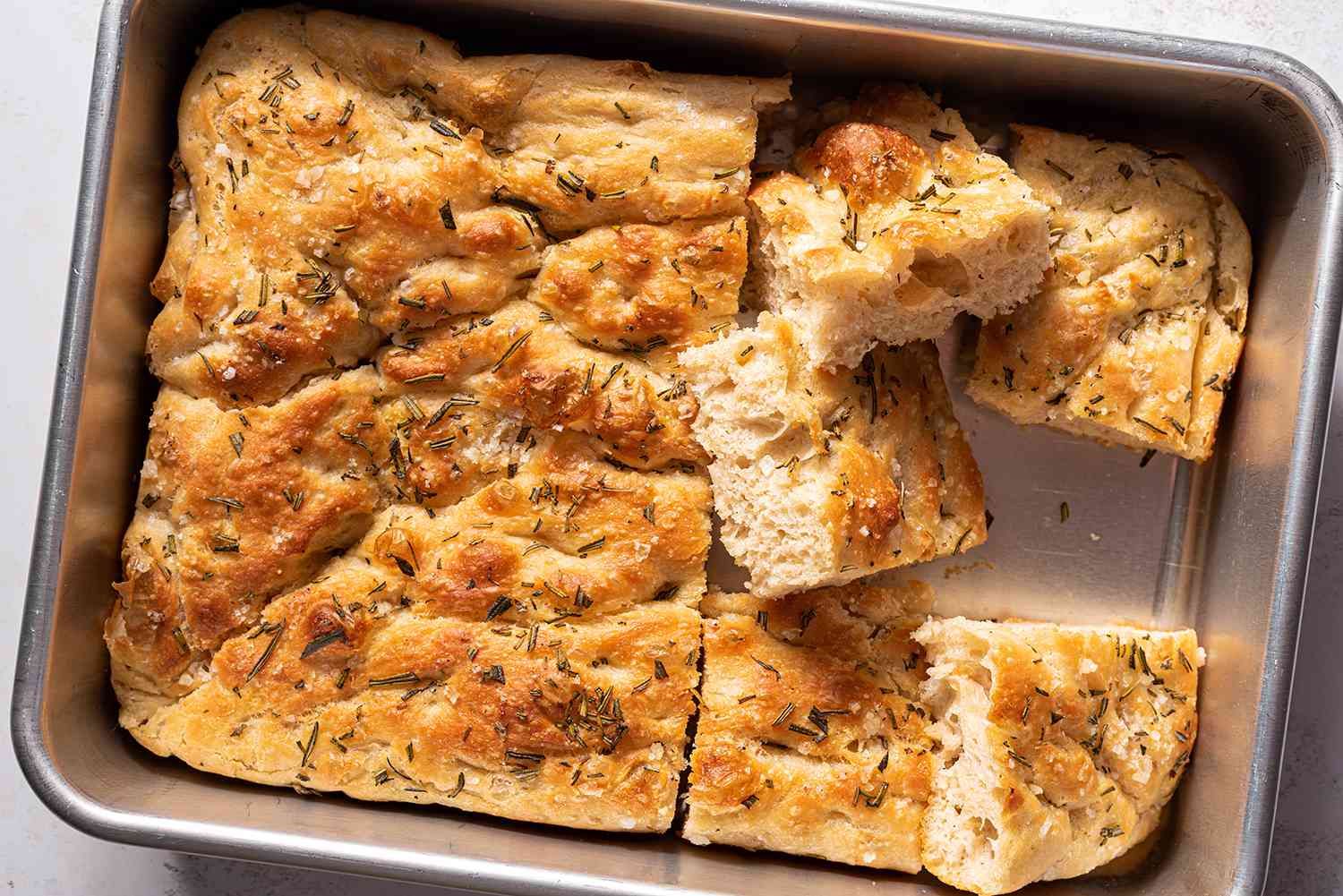
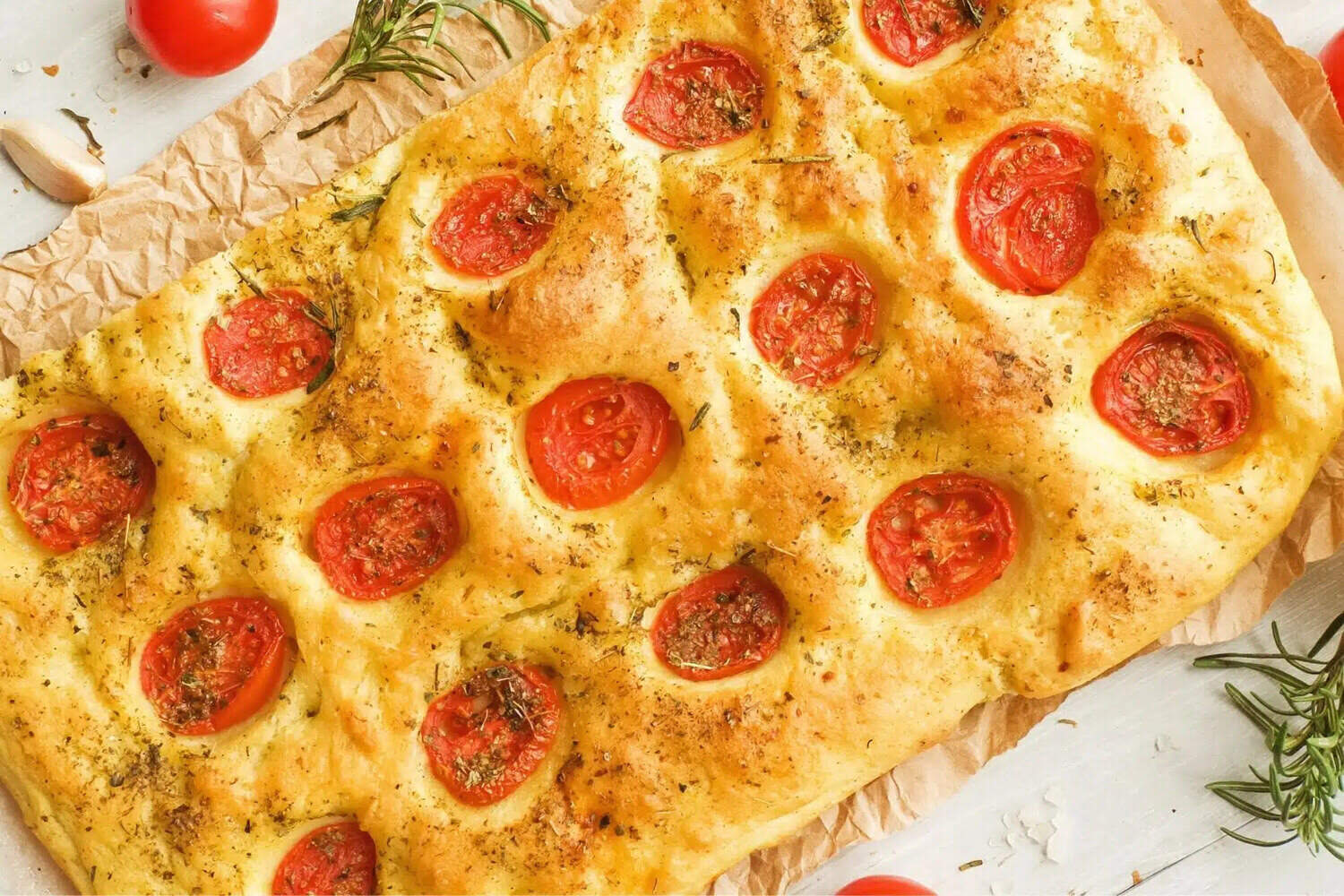
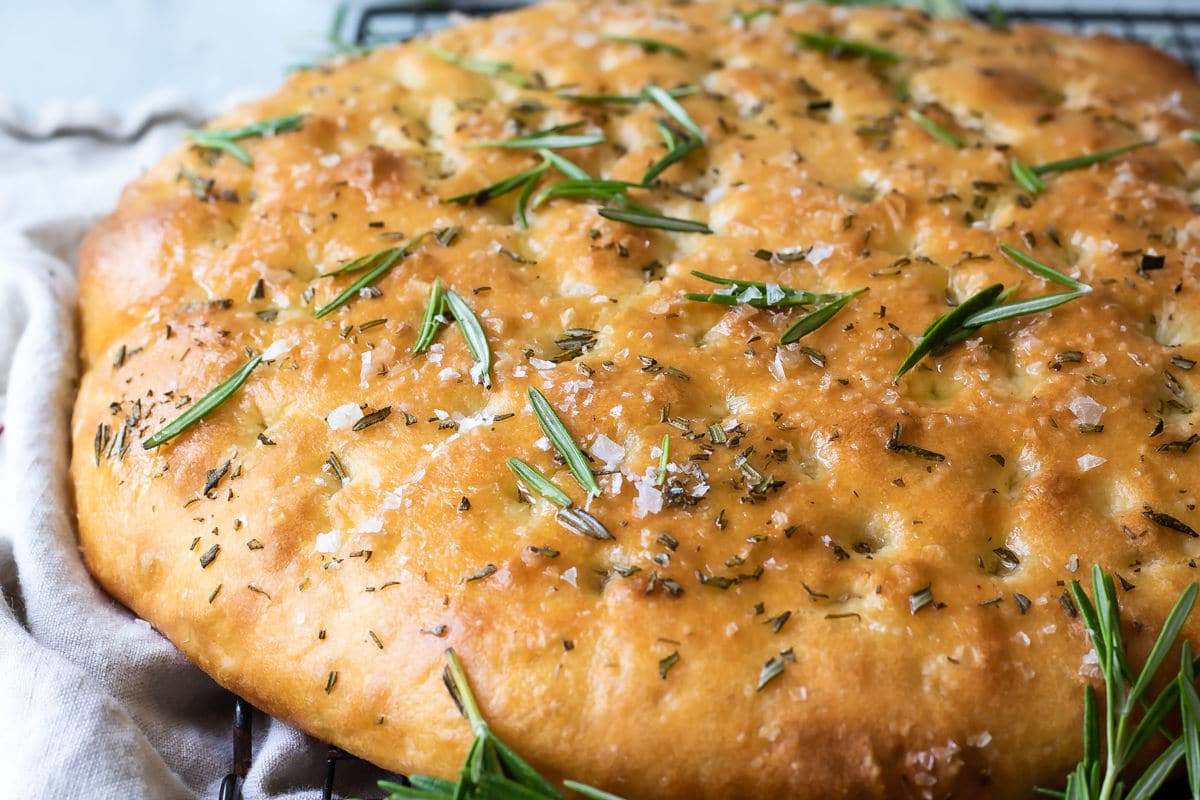
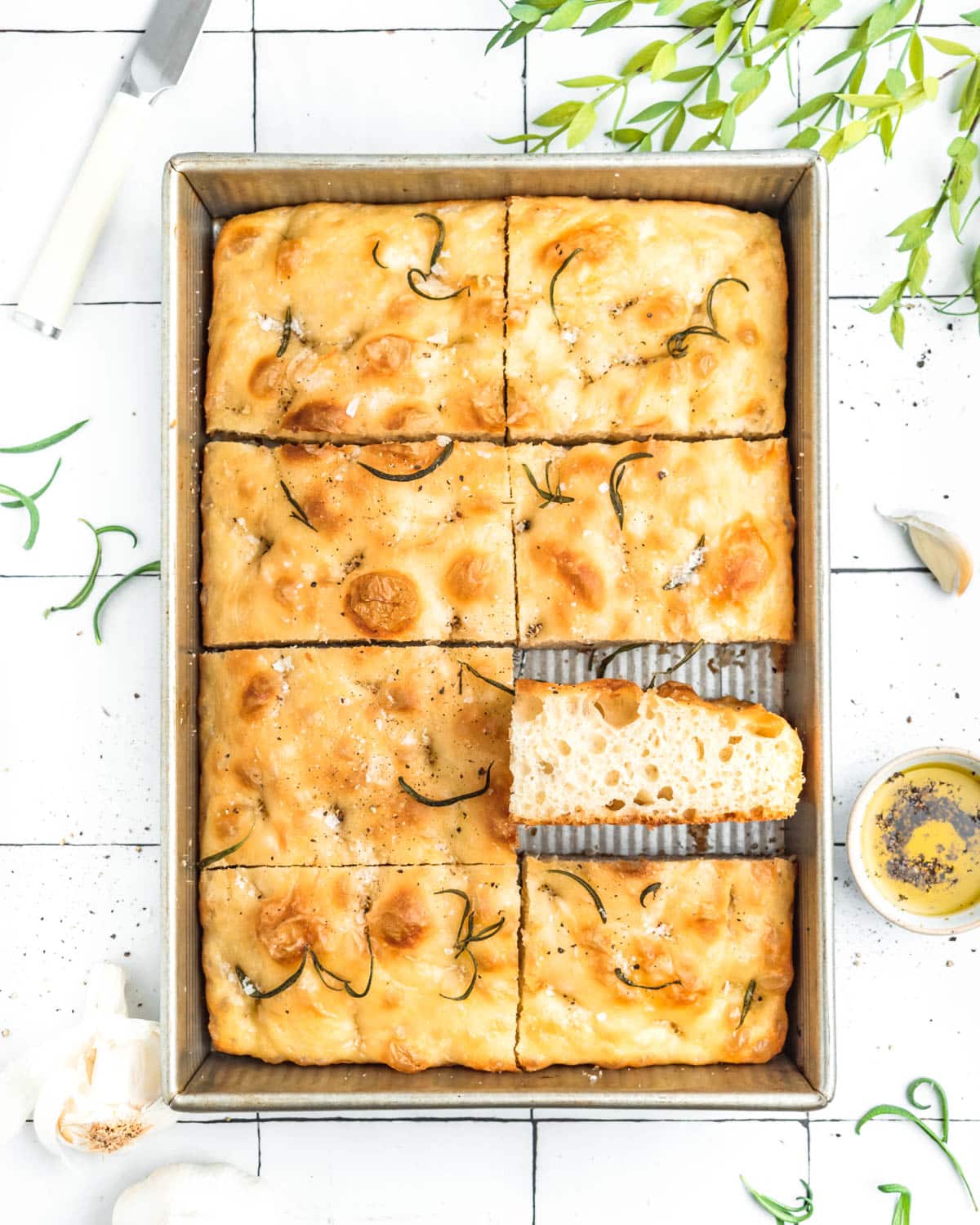
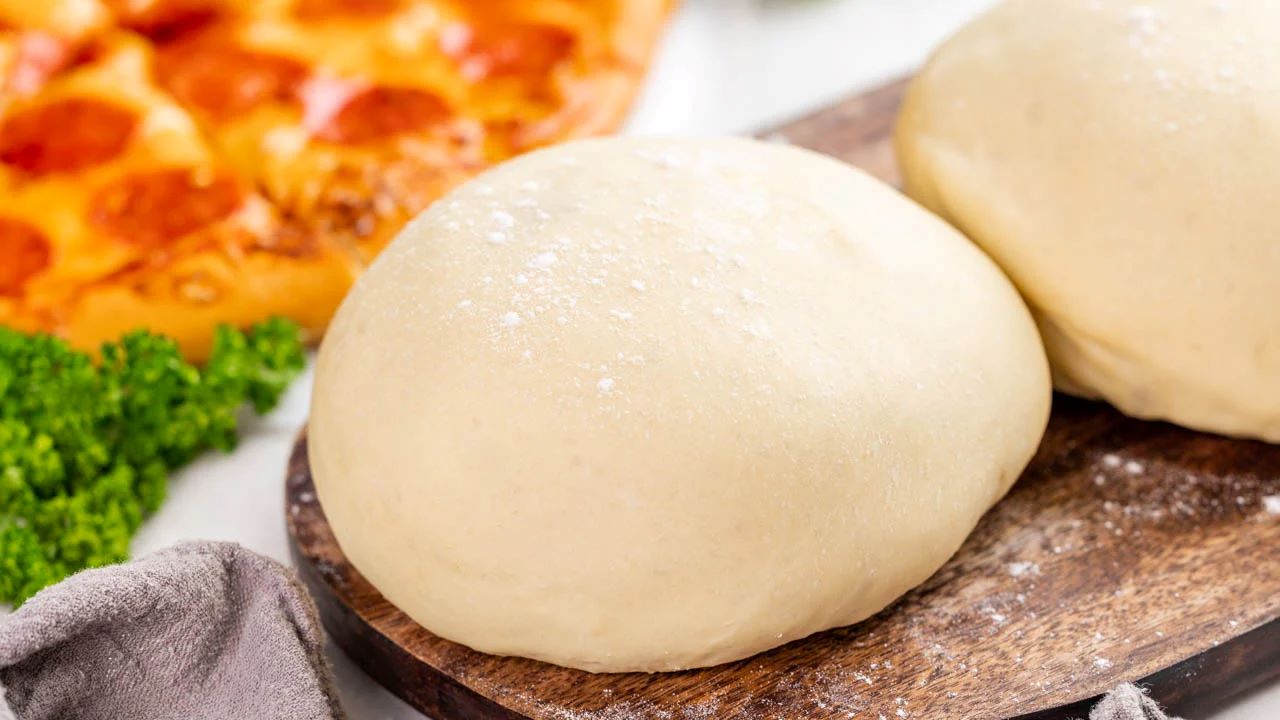

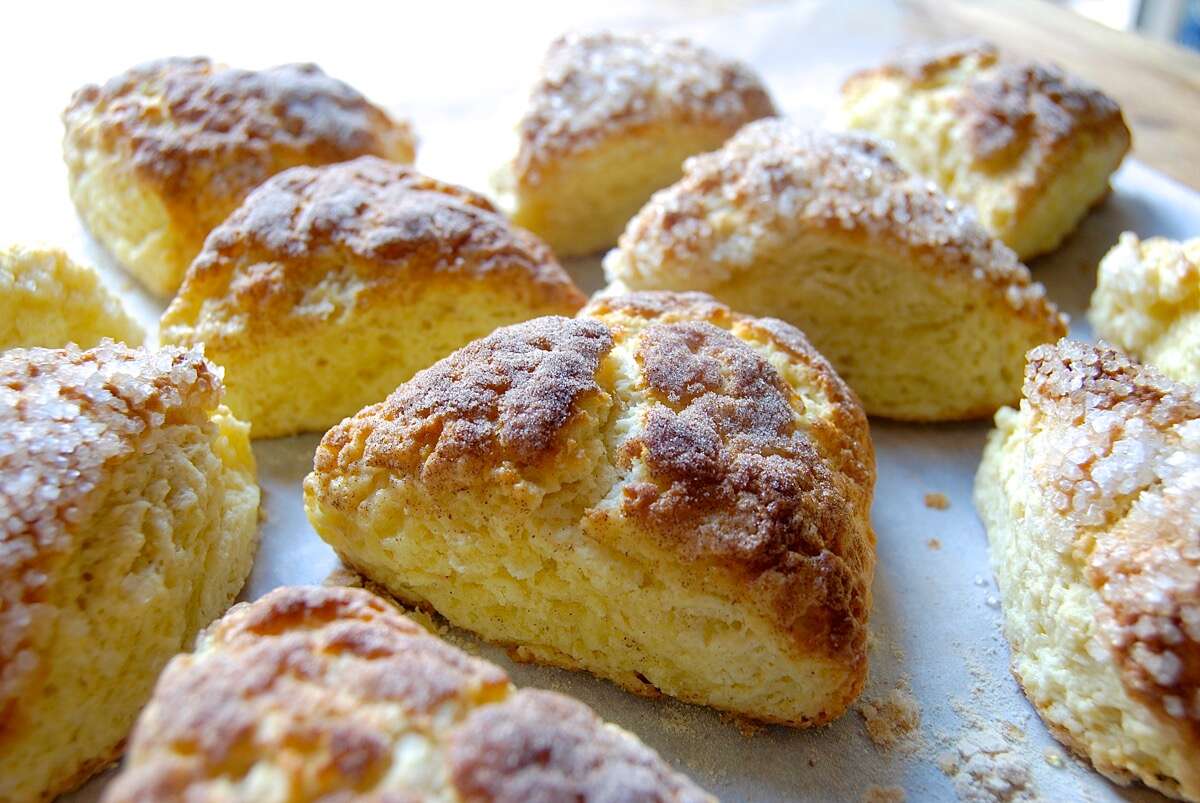


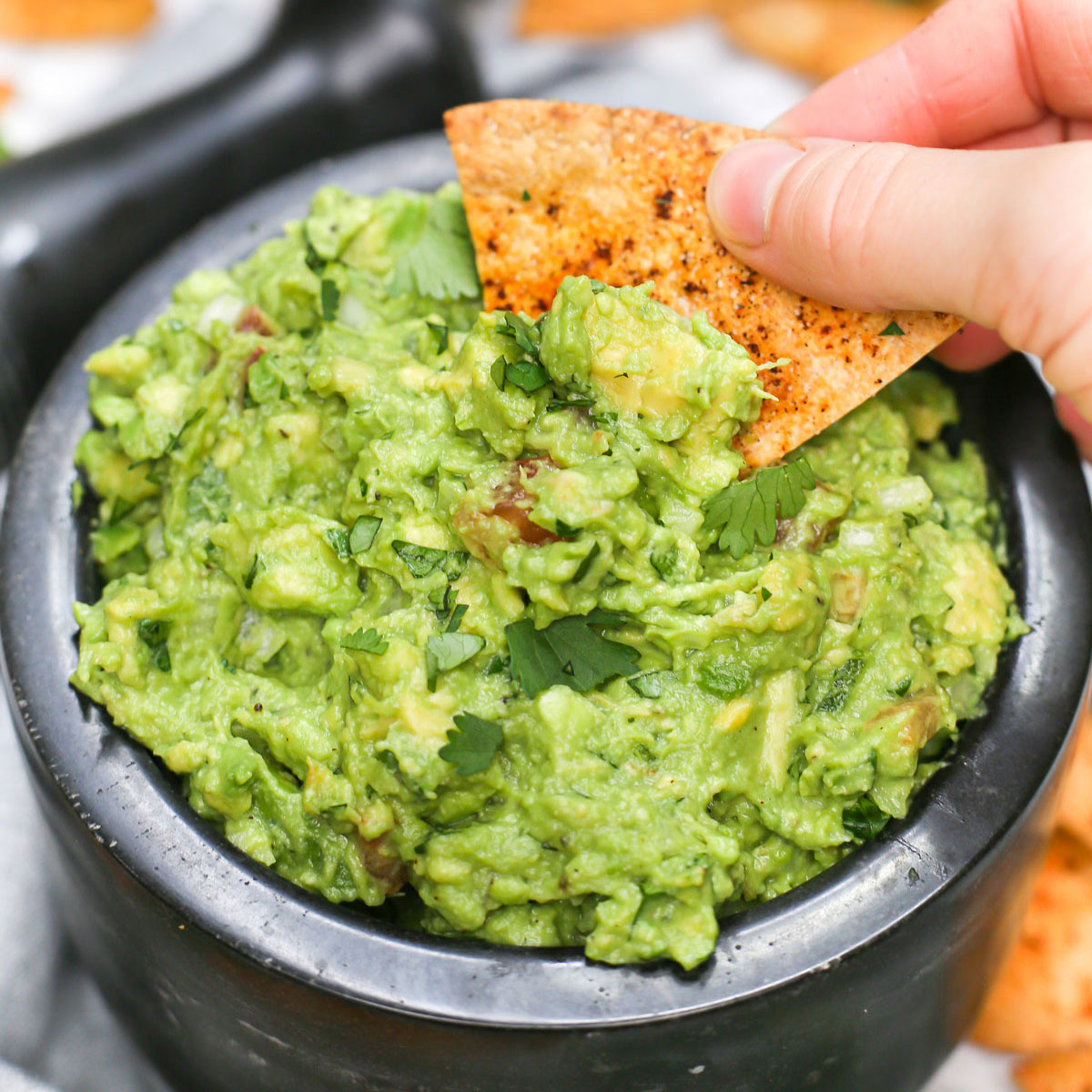
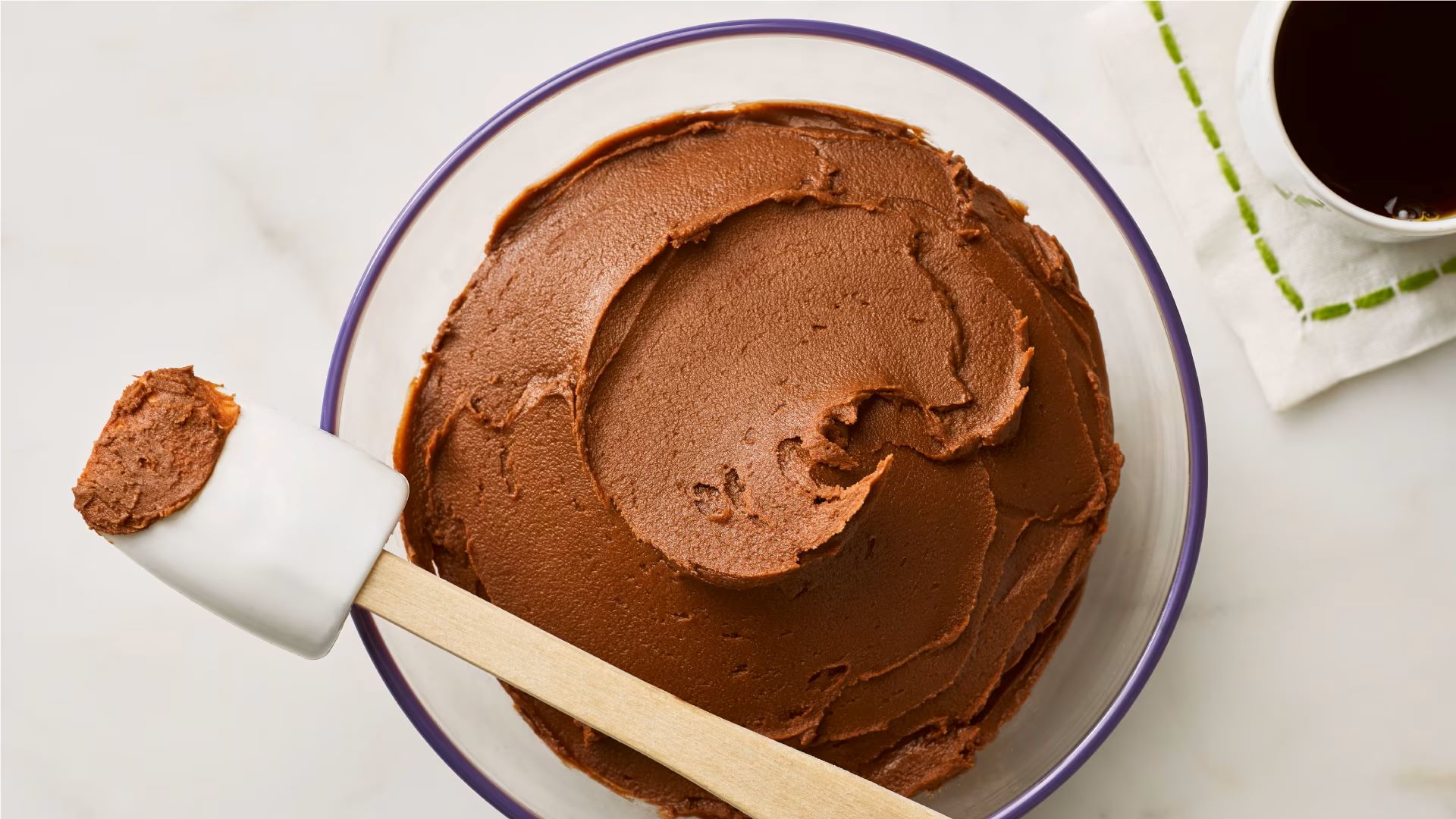
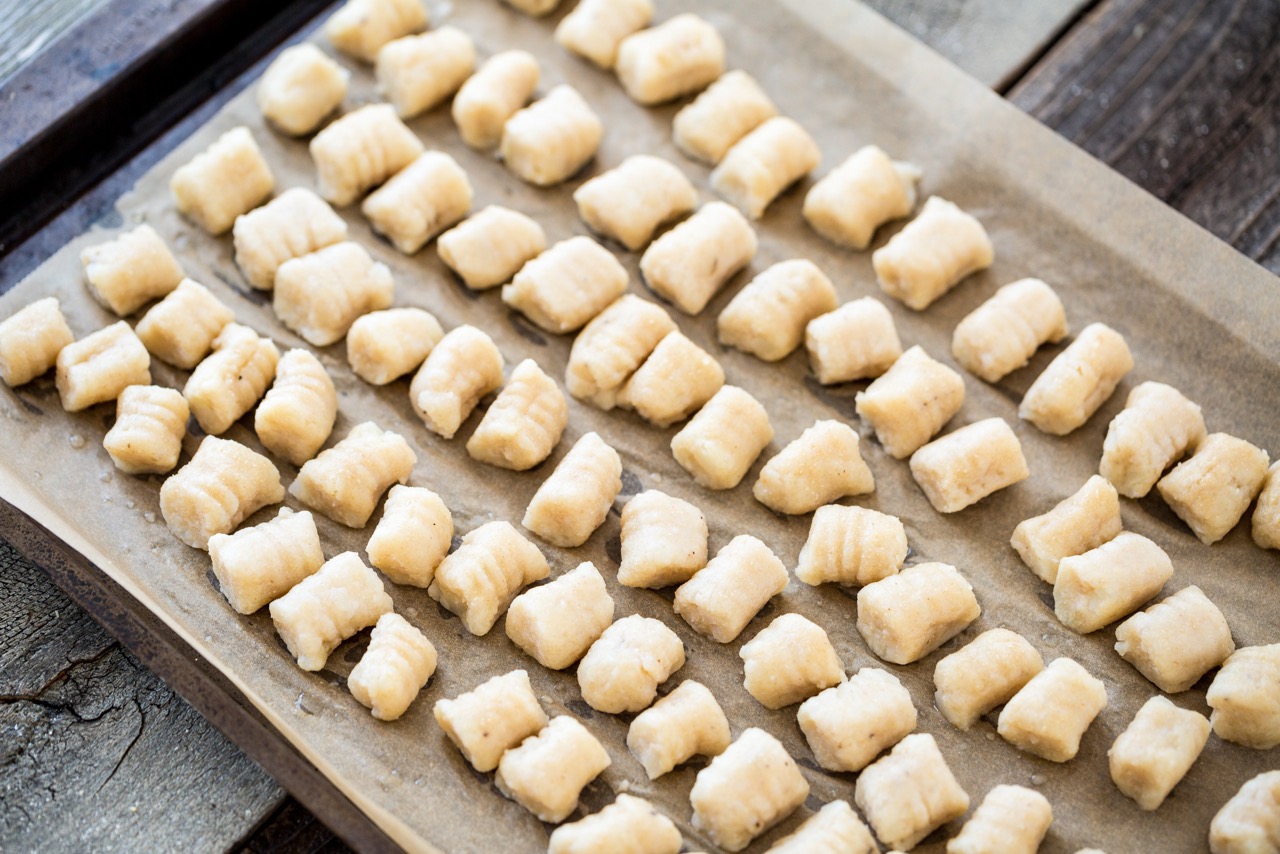
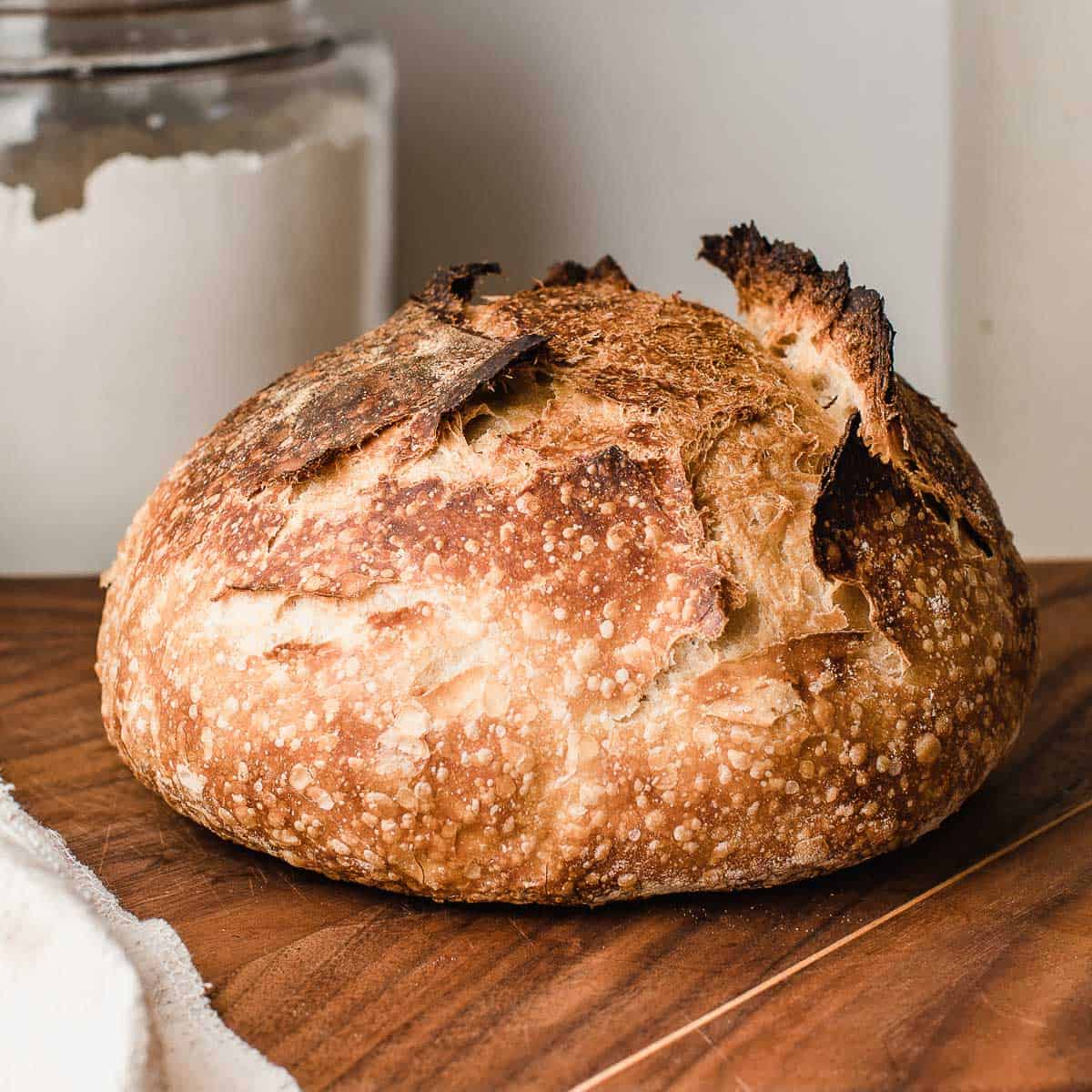

0 thoughts on “How To Store Homemade Focaccia”